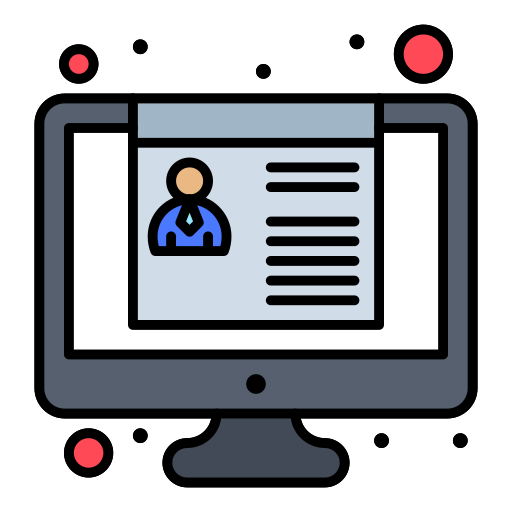In the modern, fast-paced world of digital technology Extracting text from images, PDFs or scanned documents has become a laborious manual procedure. The capability to convert images such as a photograph of handwritten notes or a document that has been scanned, into editable text is a time-saver. AI OCR is an AI OCR tool is a revolution that is changing the way we communicate and process images.
AI is an important factor in the development of OCR technology.
OCR (Optical Character Recognition) has been in use for years. Early versions were able to comprehend printed text accurately, but often struggled with images that were of poor quality or complicated layouts. AI-powered OCR software is a whole new level. These tools have been trained using massive datasets in multiple languages as well as images. They can’t only recognize characters, but they also understand the context and are able to adapt to different dimensions and fonts.

This means that you can take content from blurry scans, photos of receipts, or even distorted screenshots without worrying about accuracy. Advanced AI OCR tools don’t guess the words.
Image to Text: Simplifying the Unstructured
The process of converting images to text is now a common practice. Imagine being handed a flyer containing important information or take an image of a slide presentation in a meeting. A AI OCR can scan and locate relevant information from the slide in mere minutes instead of writing the content manually.
But it’s not restricted to only standard fonts, or even layouts that are clean. Today’s tools can deal with text wrapped around logos, watermarked backgrounds, or even elements that overlap. The flexibility of the tools allows content to be converted that seemed to be impossible before.
From PDF to Text: Unlocking the locked information
PDFs are the standard for sharing official documents, but not all are not created equally. Many are image-based, meaning they look like text however they’re not editable. This is the case especially for certified documents, certificates, or forms that are handwritten. With the help of an AI OCR tool, converting a PDF to text is as easy as dragging and dropping a file.
AI’s ability to recognize formatting and to maintain the original structure of documents is what distinguishes it. The data extracted isn’t only a paragraph, it also includes all formatting including tables, line breaks and spacing.
Scan to text: Bringing life back to old documents
Businesses and institutions with many years of paper archives will realize that digitizing their documents is more important than just an ease of use. It’s a necessity. AI OCR software can convert the mountains of scanned files to editable and searchable digital files by using technology that converts text to scan. These tools are able to convert documents in a variety of formats, such as BMPs (JPEGs), PNGs, BMPs TIFFs, PDFs and more all at once.
Language barriers are not an issue either. These advanced tools can translate and recognize text in several languages at the same time and are therefore ideal for teams that are global or international projects.
Why AI OCR tools are a must-have
The right tool can complete what used to take days or even hours in a matter of minutes. AI OCR tools are not only speedy, they’re also reliable and accurate. The ability to decrease human error, streamline workflows, and digitalize information without sacrificing quality is a significant competitive advantage.
An application that utilizes AI OCR can be a beneficial tool for any person, whether you are an undergraduate student looking to make notes from a photo, an employee digitizing invoices for a business, or a researcher analyzing scanned books.
Final Thoughts
AI OCR tools are the future of extraction of content. From image to word, PDF to word, or scan to words, these tools are simple and powerful. They’re also smart. These solutions aren’t just about ease of use; they’re about changing the way that we interact with written texts in the digital age. Expect even more accurate and sophisticated recognition of text as AI continues to advance.
